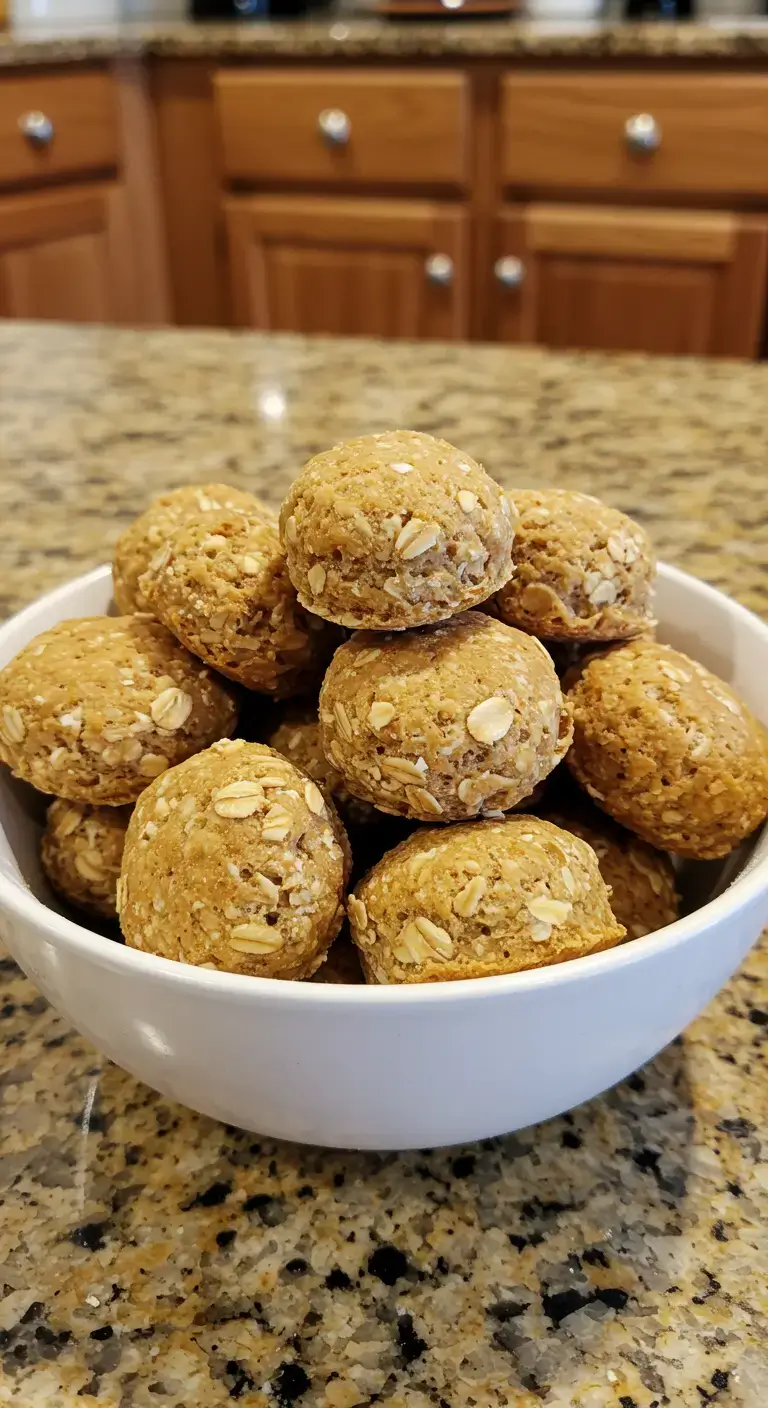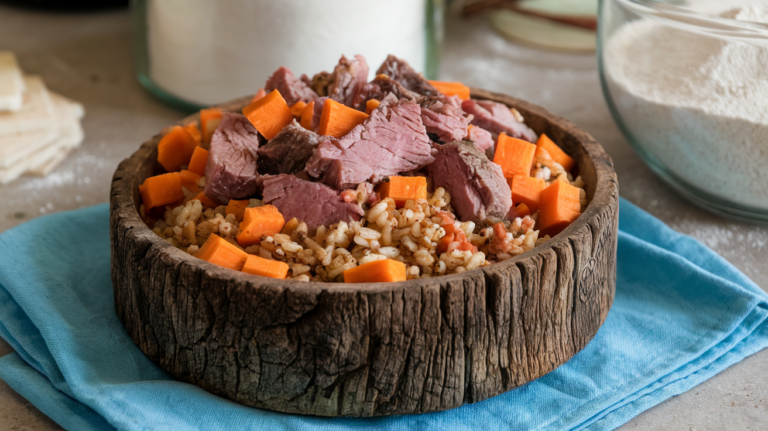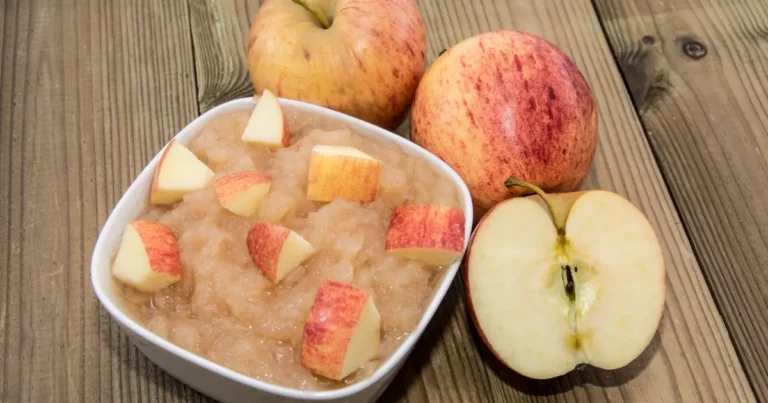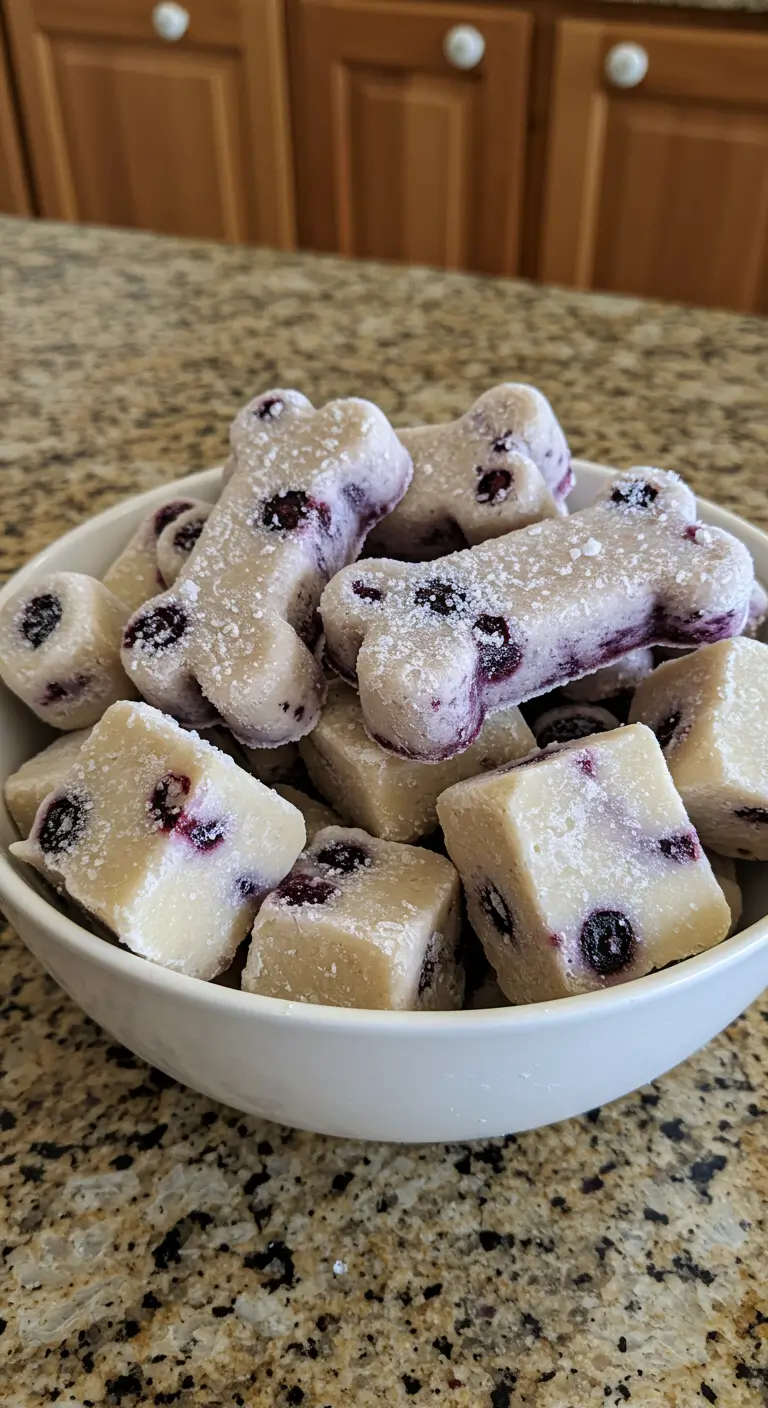Can Dogs Eat Sweet Potato Skins: 6 Critical Healthy Tips
If you enjoy feeding sweet potatoes to your dog, you might wonder: Can dogs eat sweet potato skins too? Sweet potatoes have become increasingly popular as a nutritious addition to canine diets, but the skin often raises questions for pet owners. While the orange flesh is widely recognized as safe and beneficial, the skin requires more careful consideration. This comprehensive guide explores everything you need to know about sweet potato skins for dogs, from nutritional benefits to potential concerns and proper preparation methods.
Table of Contents
Understanding Sweet Potatoes and Their Skins
Before diving into whether can dogs eat sweet potato skins safely, it’s helpful to understand what sweet potatoes are and how they differ from regular potatoes.
The morning glory family of root vegetables includes sweet potatoes (Ipomoea batatas). They’re distinct from regular potatoes (Solanum tuberosum), which are members of the nightshade family. This botanical difference is significant because nightshades contain solanine, a compound that can be harmful to dogs in large amounts.
The thin outer layer that shields the flesh of a sweet potato is called the skin. It differs in texture from the soft interior and is usually brown, reddish, or purplish in color. When asking “can dogs eat sweet potato skins?” it’s important to note that the skin contains concentrated nutrients but also has properties that require special consideration.
Can Dogs Eat Sweet Potato Skins Safely?
The direct answer to “Can dogs eat sweet potato skins?” is yes, but with important qualifications. The skins are not toxic to dogs in the way that grape skins or some other fruit coverings can be. However, there are several critical factors to consider before feeding sweet potato skins to your canine companion.
Sweet potato skins are considerably tougher than the flesh and can be more difficult for dogs to digest. Furthermore, if the skins are not thoroughly cleaned and prepared, they might still contain soil contaminants or pesticide residues that could endanger your pet.
When considering is sweet potato good for dogs, the answer is generally yes – both the flesh and, to a lesser extent, the skin can offer nutritional benefits. However, proper preparation and moderation are essential.
6 Critical Tips for Feeding Sweet Potato Skins to Dogs
1. Always Choose Organic When Possible
If you’re considering letting your dog eat sweet potato skins, organic options are preferable.
Why this matters:
- Conventional sweet potatoes may be treated with pesticides that concentrate in the skin
- Organic sweet potatoes reduce exposure to potential chemical residues
- Even with organic options, thorough washing is still necessary
While organic sweet potatoes are ideal, if you can’t find or afford them, conventional varieties can still be used if properly cleaned.
2. Clean Thoroughly Before Serving
Proper cleaning is non-negotiable when preparing sweet potato skins for dogs.
Effective cleaning steps:
- Scrub the entire sweet potato under cool running water
- Use a vegetable brush to remove soil and residue
- Use a produce wash made especially to get rid of pesticide residues.
- Pay special attention to crevices and irregular areas where dirt can hide
This thorough cleaning process is essential regardless of whether the sweet potato is organic or conventionally grown.
3. Cook the Skins Properly
Raw sweet potato skins are difficult for dogs to digest and may contain compounds that cooking helps break down. When asking can dogs eat sweet potato skins, cooking is a critical factor.
Cooking methods for sweet potato skins:
- Baking: Produces a softer texture while preserving nutrients
- Boiling: Softens the skin significantly but may leach some nutrients into the water
- Steaming: Maintains nutrients while softening the skin
- Avoid frying or cooking with oils, butter, salt, or seasonings that can be harmful to dogs
Regardless of the cooking method, ensure the skins are thoroughly cooked until soft. Hard bits of skin can be difficult to digest and potentially cause intestinal blockages.
4. Serve in Appropriate Portions
Even when prepared properly, sweet potato skins should be given in moderation.
Portion guidelines based on dog size:
- Small dogs (under 20 lbs): No more than a small piece (approximately 1 teaspoon) of skin
- Medium dogs (20-50 lbs): About 1 tablespoon of skin
- Large dogs (over 50 lbs): 1-2 tablespoons maximum
When introducing sweet potato skins to your dog’s diet for the first time, start with an even smaller amount to monitor for any adverse reactions.
5. Monitor for Digestive Tolerance
Even properly prepared sweet potato skins may not agree with every dog’s digestive system. Are sweet potatoes good for dogs universally? While the flesh is generally well-tolerated, the skin may cause issues for some pets.
Signs of digestive intolerance to watch for:
- Vomiting or retching
- Diarrhea or loose stools
- Excessive gas
- Abdominal discomfort (whining, pacing, or a hunched posture)
- Reluctance to eat their regular food
If you notice any of these symptoms after your dog consumes sweet potato skins, it’s best to avoid offering them in the future.
6. Consider Alternative Preparations
If your dog has a sensitive digestive system but you still want them to benefit from the nutrients in sweet potatoes, consider these alternatives:
- Remove the skin entirely and feed only the well-cooked flesh
- Puree cooked sweet potatoes (with or without minimal skin) to make them easier to digest
- Mix small amounts of finely chopped cooked skin with the flesh to ease digestion
- Look for high-quality commercial dog foods that include sweet potato as an ingredient
These modifications can help you determine the best way for your individual dog to enjoy the benefits of sweet potatoes.
Nutritional Benefits of Sweet Potato Skins for Dogs
When asking is sweet potato good for dogs, the nutritional profile is a key consideration. Sweet potato skins actually contain a concentrated source of nutrients, which is why some pet owners choose to include them in their dog’s diet.

Fiber Content
Sweet potato skins are rich in dietary fiber, which can support digestive health:
- Helps maintain regular bowel movements
- Supports a healthy gut microbiome
- may promote feelings of fullness, which could aid in weight management.
- It can help regulate blood sugar levels
This high fiber content is one reason why are sweet potatoes good for dogs on weight management plans or those with certain digestive issues.
While sweet potato skins provide fiber in a starchy package, incorporating leafy greens like arugula occasionally can offer your dog a different type of fiber along with additional vitamins in a lower-calorie option.
Antioxidants and Phytonutrients
The skin of sweet potatoes contains a higher concentration of certain beneficial compounds than the flesh:
- Beta-carotene: Supports eye health and immune function
- Anthocyanins (especially in purple-skinned varieties): Offer anti-inflammatory benefits
- Quercetin: A flavonoid with antioxidant and anti-inflammatory properties
- Other phytonutrients: May help combat oxidative stress and support overall health
When prepared correctly, sweet potatoes—including their skins—can be a beneficial addition to your dog’s diet because of these compounds.
Vitamins and Minerals
Sweet potato skins contain concentrated amounts of several essential vitamins and minerals:
- Vitamin A: Promotes healthy skin, eyesight, and the immune system
- Vitamin C: Acts as an antioxidant and supports immune health
- Vitamin E: Helps protect cells from damage
- Potassium: Supports heart and muscle function
- Manganese: Aids in enzyme function and bone development
- Iron: Essential for healthy red blood cells
This nutrient density helps explain why many dog owners are interested in whether can dogs eat sweet potato skins as part of a balanced diet.
Potential Risks of Sweet Potato Skins for Dogs
Despite the nutritional benefits, there are several potential concerns when considering can dogs eat sweet potato skins safely:
Digestive Difficulties
Some dogs may find it difficult to properly digest sweet potato skins due to their tough, fibrous texture, which could result in:
- Gastrointestinal upset
- Constipation can occur if consumed in large amounts
- Intestinal blockage in severe cases (particularly in small dogs or those who don’t chew thoroughly)
- Uncomfortable gas and bloating
These digestive challenges are the primary reason why sweet potato skins should be introduced gradually and in limited amounts.
Pesticide Exposure
Unless you’re using organic sweet potatoes, the skins may contain residual pesticides:
- Conventional sweet potatoes may be treated with various chemicals during growing
- Pesticides can concentrate in the skin more than in the flesh
- Even with washing, some residue may remain
This concern is particularly relevant when considering whether can dogs eat sweet potato skins from conventionally grown produce.
Solanine Confusion
While sweet potatoes don’t contain solanine (the potentially harmful compound found in regular potatoes), there’s often confusion between the two types of vegetables. When researching can dogs eat potatoes or their skins, it’s crucial to distinguish between:
- Sweet potatoes: When prepared correctly, sweet potatoes are generally safe for dogs’ skins and bodies.
- Regular potatoes: More caution needed, especially with green parts that have higher solanine content
This distinction is important because regular potato skins, particularly if green, pose more significant risks than sweet potato skins.
How to Properly Prepare Sweet Potatoes for Dogs

When deciding whether can dogs eat sweet potato skins, proper preparation is essential:
Washing and Cleaning
Before cooking sweet potatoes for your dog:
- Rinse under cool running water
- Scrub thoroughly with a vegetable brush
- Pay special attention to crevices and eyes
- Consider using a produce wash for conventional sweet potatoes
- Rinse again thoroughly after scrubbing
Cooking Methods

Sweet potatoes, including the skins, should always be cooked before feeding to dogs:
Baking:
- Preheat oven to 350°F (175°C)
- Pierce clean sweet potatoes several times with a fork
- Put straight onto a baking sheet or oven rack.
- Bake until completely soft (typically 45-60 minutes, depending on size)
- Allow to cool completely before serving
Boiling:
- Cut clean sweet potatoes into equal-sized chunks (with or without skin)
- Place in a pot and cover with water
- Bring to a boil, then reduce to a simmer
- Cook for 15 to 20 minutes, or until the pieces are easily pierced with a fork.
- Drain and cool before serving
Steaming:
- Cut clean sweet potatoes into even pieces
- Place in a steamer basket over boiling water
- Cover and steam until completely soft (about 15-20 minutes)
- Remove from heat and cool thoroughly
Unlike cruciferous vegetables such as broccoli and cauliflower that can be lightly steamed to preserve nutrients while improving digestibility, sweet potatoes and their skins require thorough cooking to be safe and beneficial for your dog.
Serving Suggestions

Once cooked, there are several ways to incorporate sweet potato and its skin into your dog’s diet:
- Mixed with regular food: Add small amounts to your dog’s normal meals
- Standalone treat: Offer small pieces as occasional rewards
- Frozen treats: Puree cooked sweet potato (with minimal skin) and freeze in ice cube trays
- Dehydrated chews: Thinly slice cooked sweet potato with skin and dehydrate for chewy treats
Remember that even with these preparation methods, moderation is essential when feeding sweet potato skins to dogs.
Comparing Sweet Potatoes to Regular Potatoes for Dogs
When researching can dogs eat potatoes or sweet potatoes, it’s important to understand the key differences:
| Aspect | Sweet Potatoes | Regular Potatoes |
|---|---|---|
| Family | Morning glory family | Nightshade family |
| Toxic compounds | Minimal concerns | Contains solanine (especially when green) |
| Skins | Generally safe when cooked | Higher risk, especially if green |
| Nutritional profile | Higher in fiber, vitamins A and C | Higher in potassium, lower in vitamins |
| Glycemic impact | Lower glycemic index | Higher glycemic index |
| Overall safety for dogs | Generally safer option | Requires more caution |
This comparison helps explain why sweet potatoes and their skins are generally considered the safer option when asking “can dogs eat potatoes” or their skins.
For a lower-calorie alternative to sweet potatoes, cucumbers offer hydration with significantly fewer carbohydrates.
While sweet potatoes provide land-based nutrients, seaweed offers unique minerals from the ocean that can complement your dog’s diet.
Unlike sweet potato skins, which should be cooked, properly peeled jicama can be served raw as a crunchy, low-calorie treat.
Like artichokes, sweet potato skins require proper preparation to be safely digestible for dogs.
Signs Your Dog Should Not Eat Sweet Potato Skins
While many dogs can tolerate sweet potato skins when properly prepared, watch for these signs that indicate your dog should avoid them:
Immediate Reactions
- Vomiting shortly after consumption
- Diarrhea within 24 hours
- Excessive drooling or lip licking
- Signs of abdominal discomfort
- Lethargy or unusual behavior
Delayed Reactions
- Constipation lasting more than 24 hours
- Persistent gas or bloating
- Changes in appetite
- Difficulty defecating
- Progressive discomfort
Stop feeding sweet potato skins if you observe any of these signs, and if they worsen or continue, speak with your veterinarian.
Dogs That Should Avoid Sweet Potato Skins
Some dogs should not eat sweet potato skins at all, even with proper preparation:
- Dogs with sensitive digestive systems or previous gastrointestinal issues
- Dogs with a history of pancreatitis
- Dogs on specific medical diets (check with your veterinarian)
- Dogs who have previously reacted poorly to high-fiber foods
- Small breed dogs who may be more prone to digestive blockages
- Dogs with certain diabetes cases (while sweet potatoes are generally considered better than regular potatoes for diabetic dogs, the high fiber in the skins could affect blood sugar management)
For these dogs, it’s better to stick with small amounts of the flesh only, with the skins completely removed.
Key Takeaways About Sweet Potato Skins for Dogs
- Can dogs eat sweet potato skins? Yes, but only when properly cleaned and cooked, and in moderation
- Is sweet potato good for dogs? Generally, yes, with the flesh offering more benefits with fewer concerns than the skin
- Are sweet potatoes good for dogs compared to regular potatoes? Sweet potatoes are typically the safer option
- Can dogs eat potatoes and their skins? Regular potatoes require more caution than sweet potatoes
- Proper preparation is essential – thorough cleaning and cooking are non-negotiable
- Organic is preferable when feeding the skins to minimize pesticide exposure
- Individual tolerance varies – monitor your dog when introducing sweet potato skins
- The flesh offers similar benefits with fewer concerns than the skin
Conclusion
So, can dogs eat sweet potato skins? While the answer is conditionally yes, it’s clear that proper preparation, moderation, and individual assessment are essential. The nutritional benefits of sweet potato skins – including fiber, antioxidants, vitamins, and minerals – may make them a worthwhile addition to some dogs’ diets. However, these benefits must be weighed against the potential for digestive difficulties and other concerns.
For many dogs, enjoying the well-cooked flesh of sweet potatoes with small amounts of thoroughly cleaned and cooked skin offers a good balance of benefits and safety. For dogs with sensitive systems, removing the skin entirely is the safer approach.
As with any dietary addition, consulting with your veterinarian before introducing sweet potato skins to your dog’s diet is the best practice, especially if your dog has existing health conditions or dietary sensitivities.
For more information about other vegetables and foods that are safe for your canine companion, check out our comprehensive guide on what fruits and vegetables can dogs eat.
Frequently Asked Questions
Can puppies eat sweet potato skins?
Puppies have more sensitive digestive systems than adult dogs and are at higher risk for digestive blockages. For puppies, it’s best to offer only the well-cooked flesh of sweet potatoes with the skins completely removed. As they mature, you can gradually introduce very small amounts of well-cooked skin if desired, but always with careful monitoring.
How much sweet potato is too much for my dog?
Even without the skin, sweet potatoes should be fed in moderation due to their carbohydrate content. A general guideline is that treats (including sweet potatoes) should make up no more than 10% of your dog’s daily caloric intake. For most dogs, this means no more than 1-2 tablespoons of sweet potato per 10 pounds of body weight per day, with significantly less if including the skin.
Can sweet potato skins cause blockages in dogs?
Yes, if not properly cooked or if fed in large quantities, sweet potato skins could potentially cause intestinal blockages, particularly in small dogs or those who tend to swallow food without thorough chewing. This risk is one of the main reasons why the skins should always be thoroughly cooked until soft and offered in limited amounts.
Are sweet potato treats from pet stores safer than homemade ones?
Commercial sweet potato treats designed specifically for dogs undergo quality control and are formulated with canine digestive systems in mind. However, high-quality homemade treats prepared with proper cleaning, cooking, and portioning can be equally safe and may have fewer additives. The advantage of homemade treats is that you control exactly what goes into them, while the advantage of commercial treats is consistency and convenience.
Can dogs with diabetes have sweet potato skins?
Dogs with diabetes should consume sweet potatoes (with or without skins) only under veterinary guidance. WSweet potatoes still contain a lot of carbohydrates that can impact blood sugar levels, even though their glycemic index is lower than that of regular potatoes. The high fiber in the skins might help moderate blood sugar spikes for some diabetic dogs, but this varies by individual. For specific dietary advice for diabetic dogs, always check with your veterinarian.







